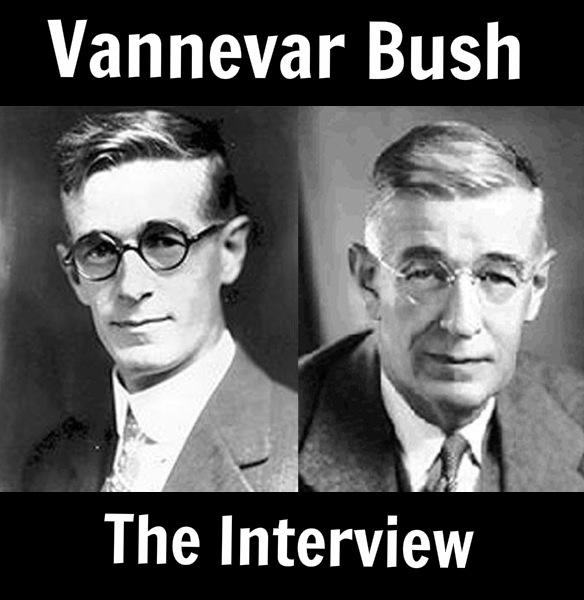Archives
Niki #3 stufffff
Location, Location.
‘Locative media are digital media applied to real places and thus triggering real social interactions.’ – Wikipedia.
My group for our 2nd Nikki are focusing on the term ‘Locative Media.’ When first hearing this, I thought of media such as photos being posted on social networking sites, embedded with the location of where the actual photo was taken, or even where the person is at the time of posting said photo. However, after researching into this term a bit more, it is really fascinating and quite amazing how locative media works and what it can actually do. Locative media can help describe the history of a certain location a person stands, give advice for places around the location, such as restaurants, shops, and cafes. Locative media is used pretty much every day throughout the Western World and I think it’s actually a really awesome addition to technological devices.
Front cover for our NIKI interview….
Research
For my first Niki page, my group have been given the man that is Vannevar Bush to discuss. As I was just doing some research into him and his achievements and inventions, I came across this in the comments of an article about him. I thought it was really interesting, so I’m posting it on here…
what if Vannevar Bush’s advice on research for cancer had been followed? below copied from Boston globe book review (The Emperor of all Maladies):
In the decade following World War II, zealots like Lasker sought to create a “Manhattan Project’’ for cancer that would tackle the disease with centralized planning and a relentless wave of resources. In contrast, Vannevar Bush, an electrical engineer who rose to become President Truman’s chief science adviser, favored a system of diffuse basic research over “programmatic’’ science dedicated solely toward precise, practical ends. DNA pioneer James Watson, among the best known of the anti-Laskerites, argued that the success of the Manhattan Project, and later the moon landing, rested upon a previous generation’s collected body of theoretical insights and empirical research of the sort not yet available to cancer’s foes. These two competing visions of the anticancer struggle finally joined in battle over the content of the National Cancer Act of 1971, ultimately a Pyrrhic victory for the Laskerites that ensured Richard Nixon’s “war’’ on cancer would be little more than a muted salvo.








